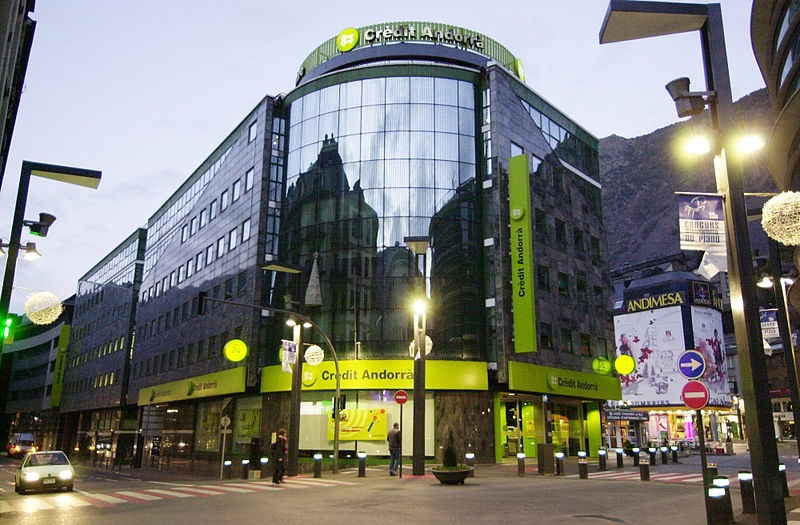Traditional asset classes have delivered robust returns over the last few years with exceptionally low volatilities. The outlook is less bright, however. The recent market turmoil is an indication that the high return/low volatility regime has most likely come to an end. This does not mean that the equity bull market has ended. The fundamental picture remains robust with strong earnings momentum and relatively low recession risks in major economies. Equities may well move higher in the next 2 years, but it is going to be a bumpy ride. Fixed income investors might even feel worse off. Rising yields from very low levels are putting downward pressure on prices of longer duration bonds. Credit spreads are very tight and should start to widen in the final stage of the economic expansion, driven by higher rates, rising default rates and increasing leverage.
The lack of value in fixed income assets and the rising volatility in equities has created renewed interest in alternative investments, which have become a key component of well-diversified investment portfolios. Initially, the asset class was mostly the realm of sophisticated investors, but it has developed into products now available to much smaller portfolios.
Nevertheless, private banking clients remain underexposed to alternatives. Despite the rising transparency and regulations, hedge funds continue to suffer from image problems due to some bad practices in the past. Private equity funds offer the most attractive risk/reward profile, but the lack of liquidity can be an obstacle for private investors that have uncertainties surrounding the adequate time horizon and risk profile. This is the main differentiator between private investors and big institutional investors such as endowments and sovereign wealth funds, which have a very consistent investment strategy based on long-term objectives. The most prominent example is the asset allocation of the Yale Endowment with 50% in illiquid assets and around 80% in alternatives overall, including liquid alternatives. Pension funds have also increased their exposure to alternatives from 5% in 1995 to around 25% now.
However, there are new segments in the alternatives space that could help to overcome the (sentimental) hurdles that discourage private investors from investing. For example, investors have recently begun to expand into providing debt to businesses, an area traditionally dominated by banks. The disintermediation process is part of a broader global trend known as shadow banking or shadow lending, whereby non-bank actors seek to provide credit to companies. The growth of private debt funds has been dramatic with very attractive risk-adjusted returns for investors. The trend is driven by three factors: Firstly, the post-crisis financial regulatory reforms have led banks to reduce their lending activities, particularly to small and medium-sized businesses. Secondly, the demand for credit from businesses has not fallen to the same degree, leading to unmet demand. And thirdly, the demand from institutional investors for debt that yields more than government debt remains robust. Historically, the private debt market consisted of specialized funds that provided mezzanine debt, which sits between equity and secured/senior debt in the capital structure, or distressed debt, which is owed by companies near bankruptcy. Following the financial crisis, a third type of fund emerged. Known as direct lending funds, these funds extend credit directly to businesses or acquire debt issued by banks with the express purpose of selling it to investors.
Leading alternative investors have all expanded their product offerings to include private debt funds. They are joined by many specialized new firms. The strong demand by institutional investors has enabled these funds to expand rapidly in size. Collectively, more than 500 private equity style debt funds have been raised since 2009. The private debt industry has grown its assets three-fold in the last ten years, hitting a record last year of $638 billion despite increased distributions to investors, with 25% of that coming from direct lending funds.
Direct lending funds are highly suitable for private investors. There is a wide range of strategies such as real estate bridge loans, equipment leasing, trade finance, consumer loans, just to name a few. The generally offer high single digit returns with strong collaterals, low volatility and very low correlation to traditional asset classes. There are specialized funds that offer monthly or quarterly liquidity. However, these are also more complex and sophisticated, so an adequate analysis and good advice are presented as essential to make the right decisions and not take unnecessary risks.
Column by Pascal Rohner CFA®, CIO Banco Crèdit Andorrà (Panamá). Crèdit Andorrà Financial Group Research.




 For Fórmate a Fondo
For Fórmate a Fondo
